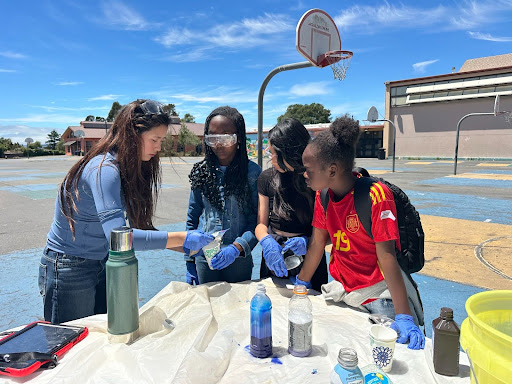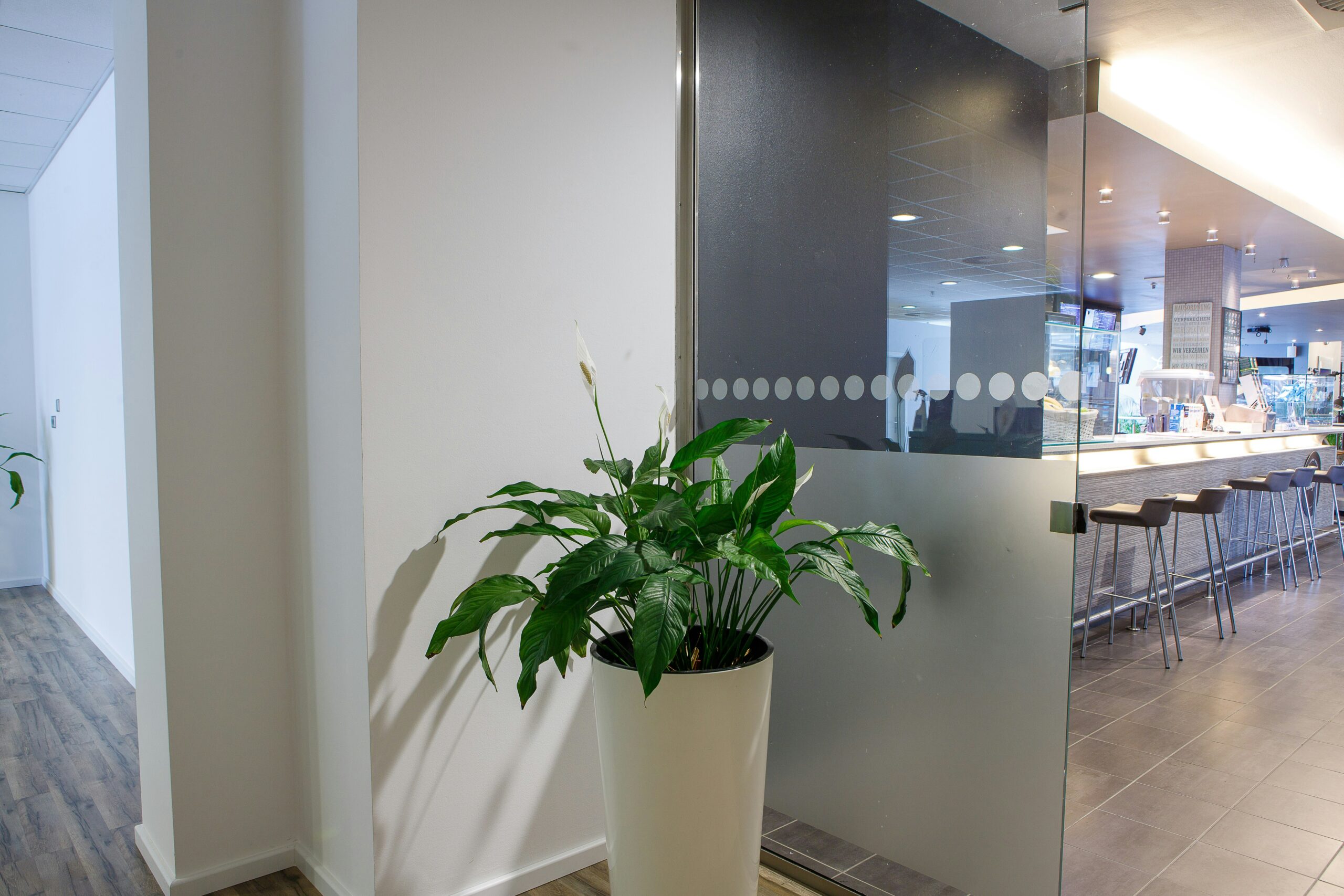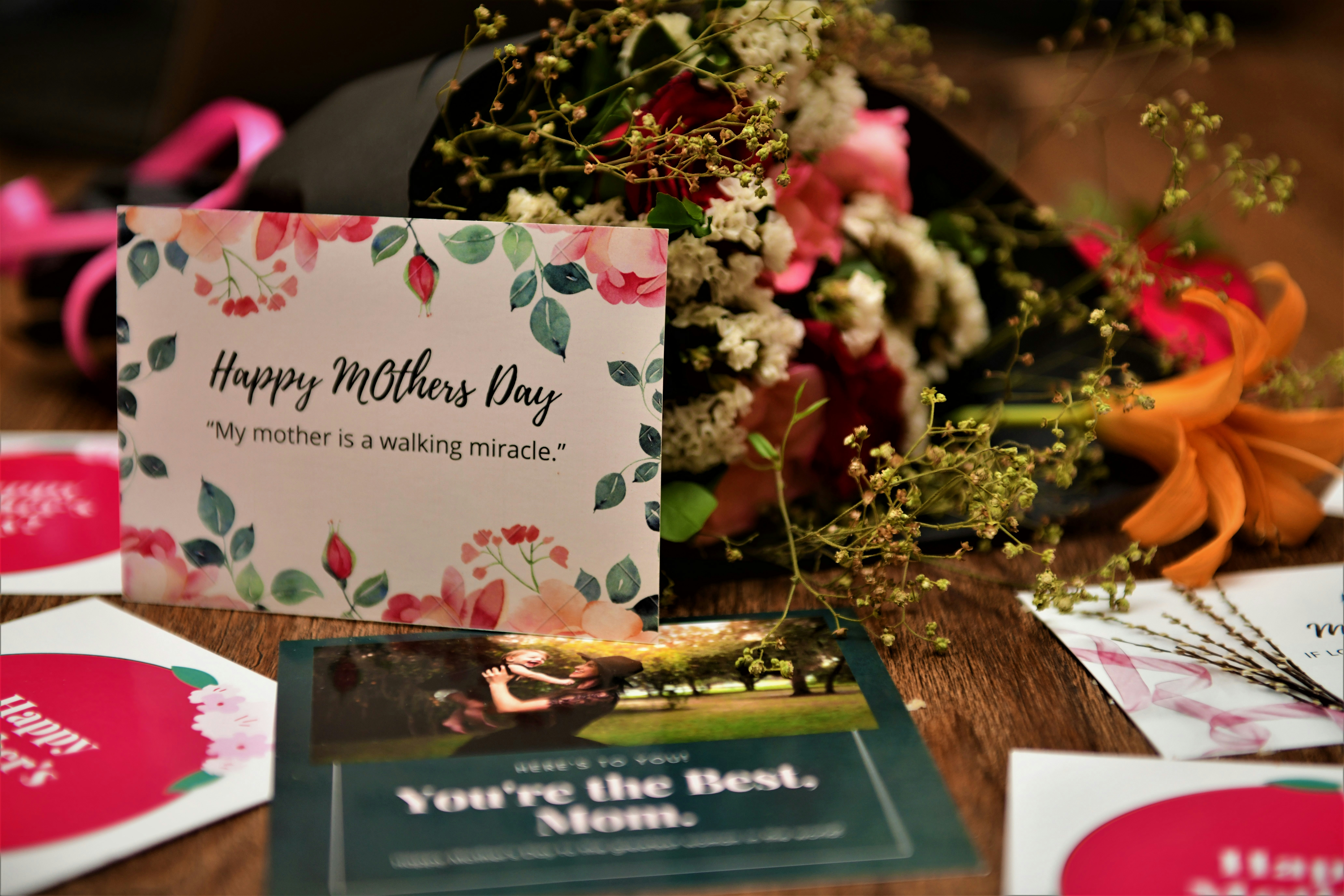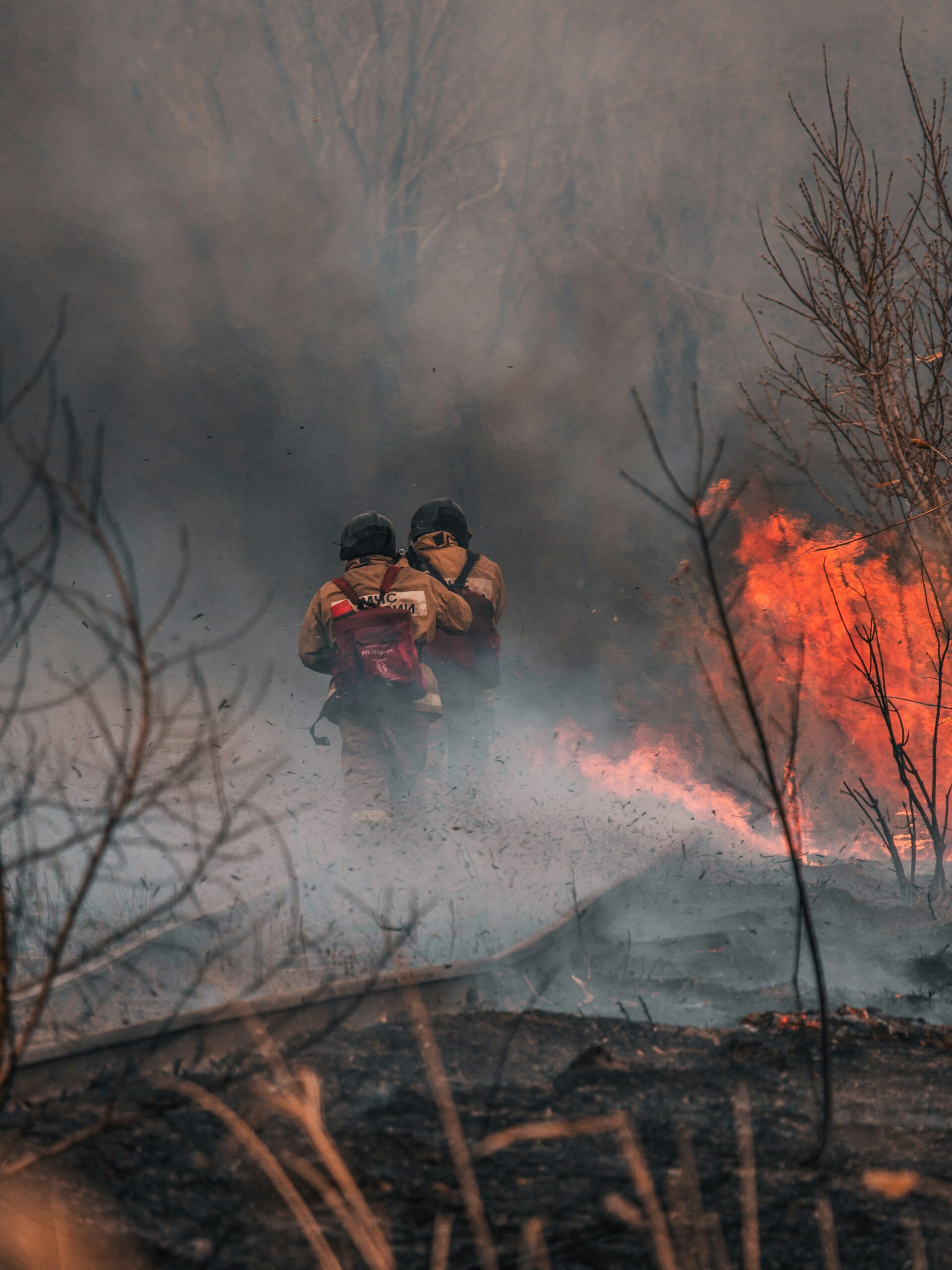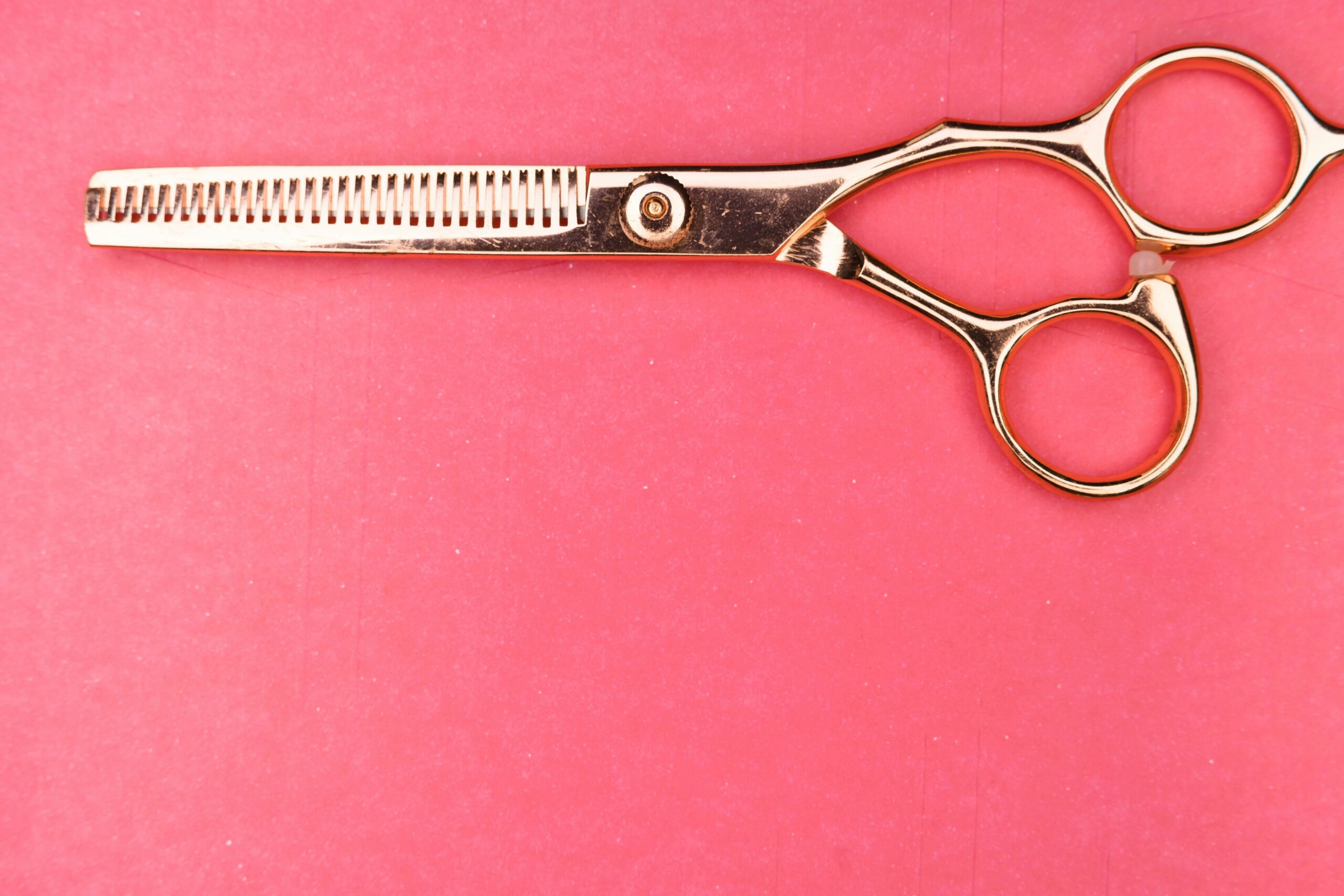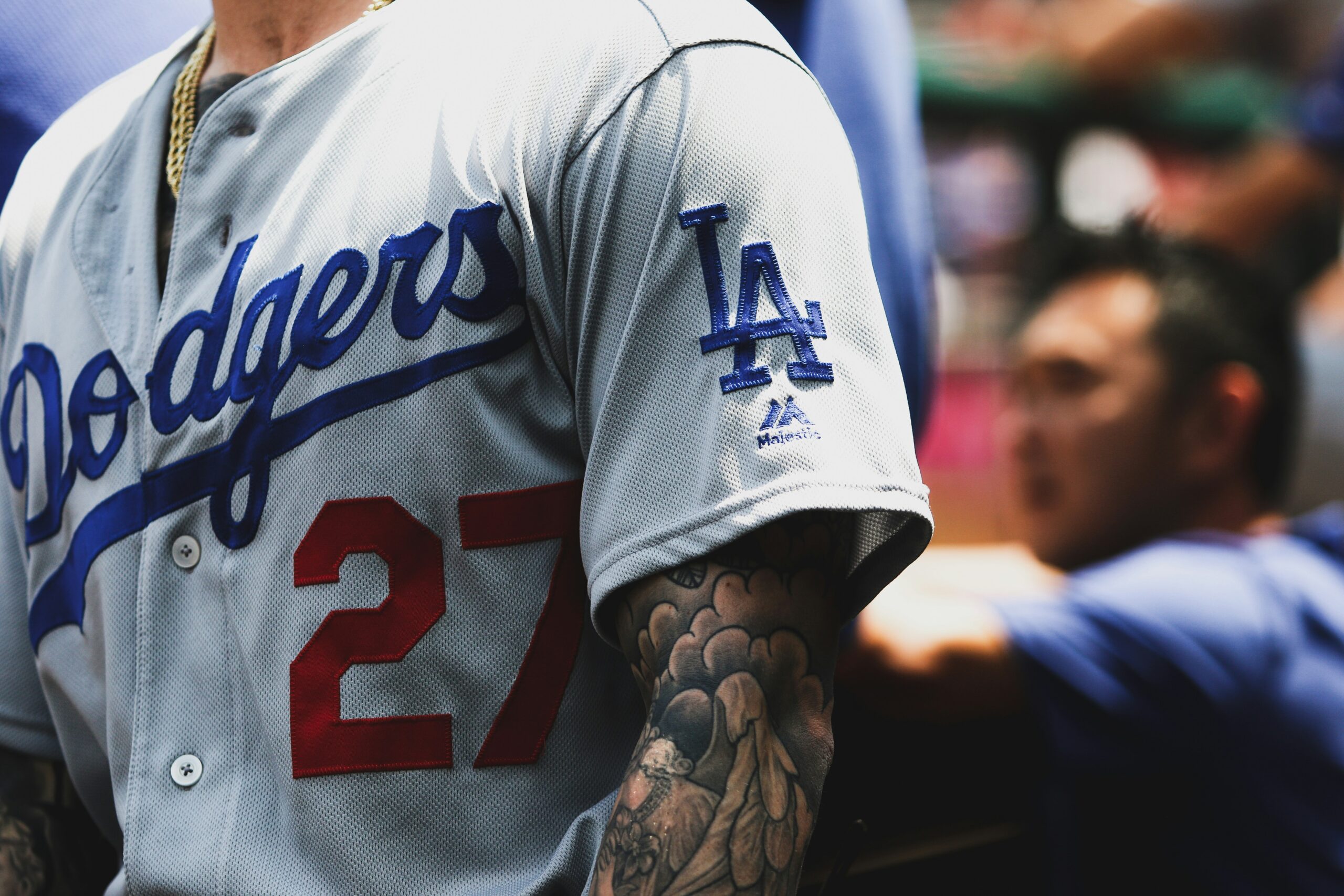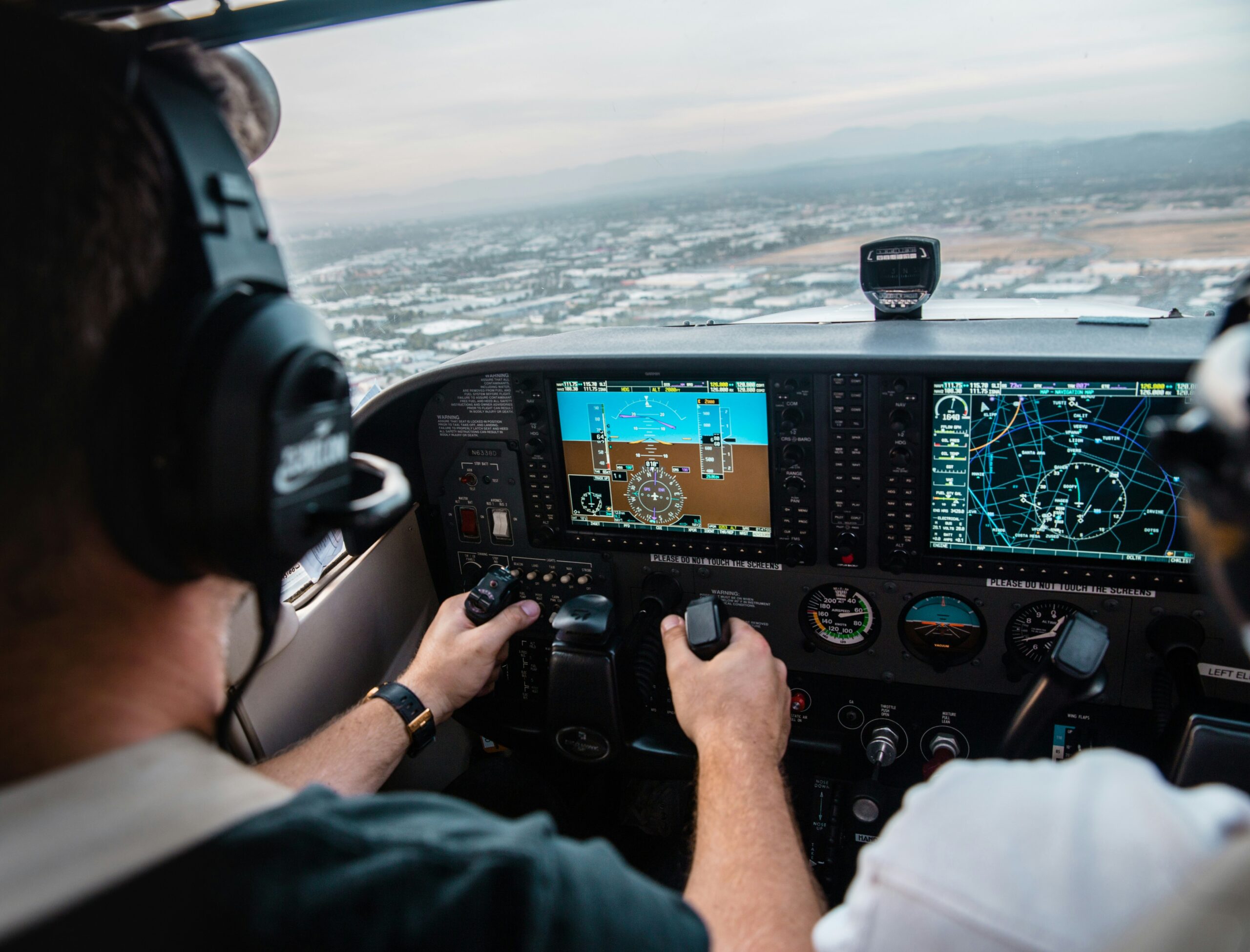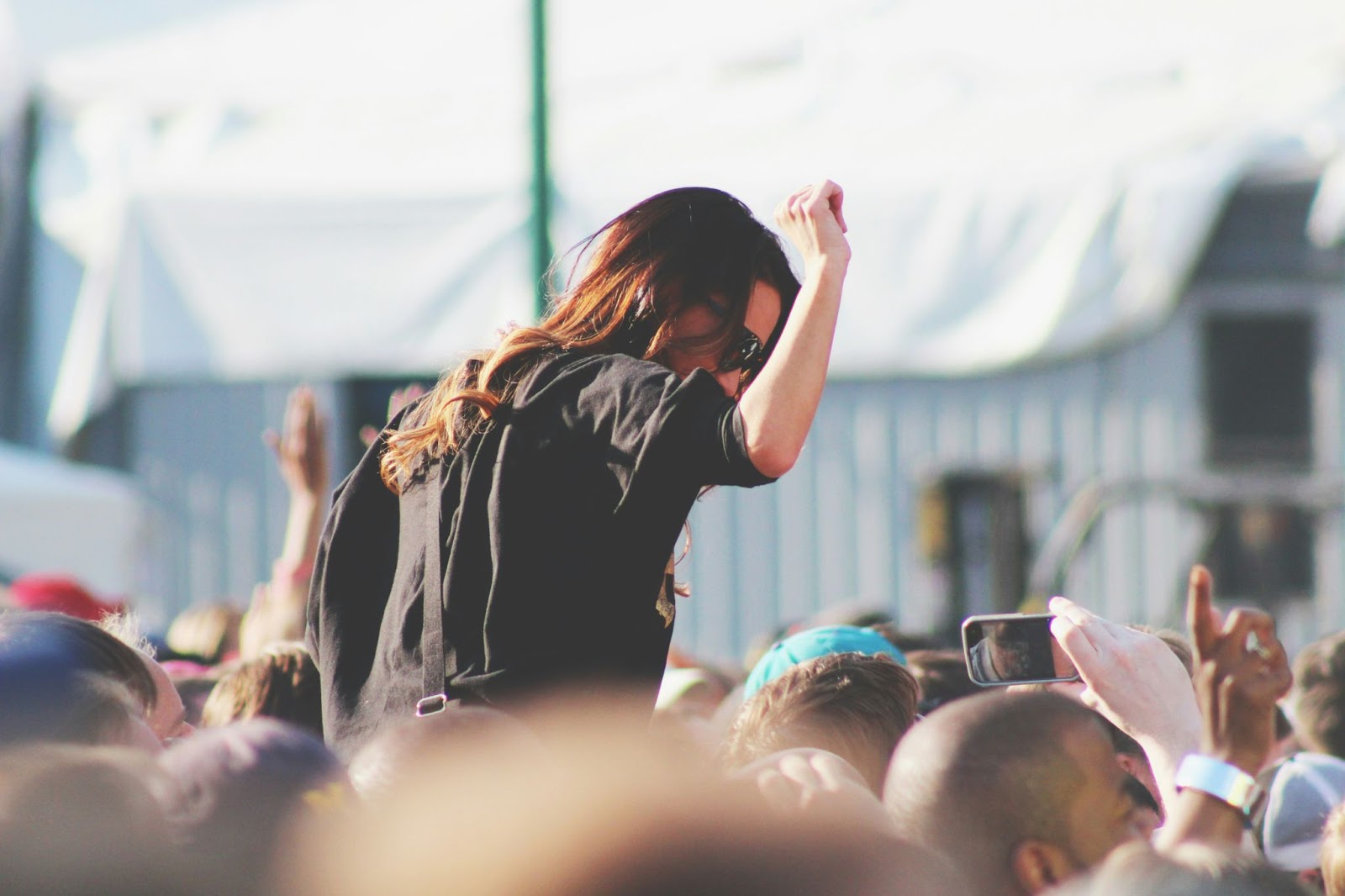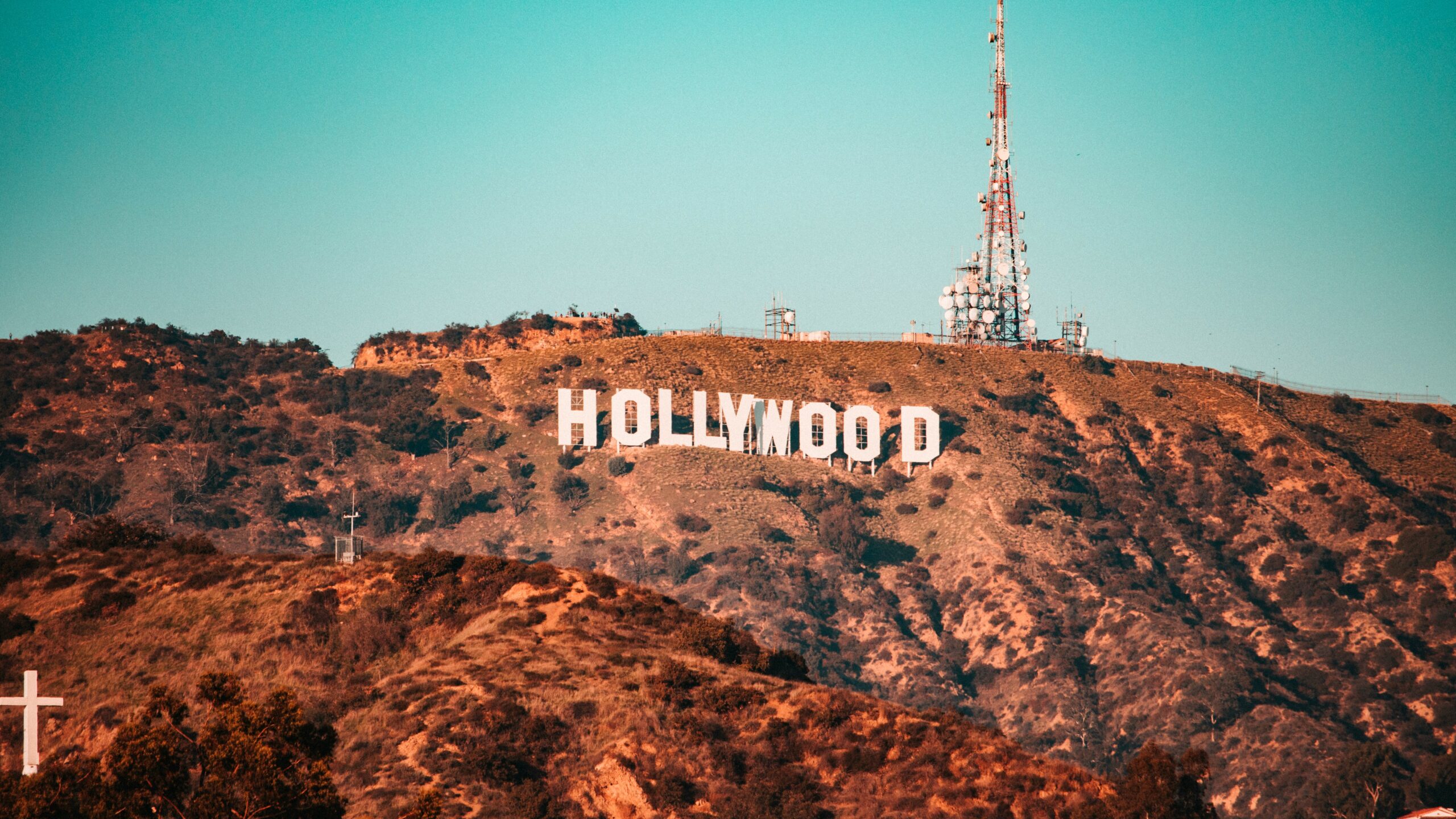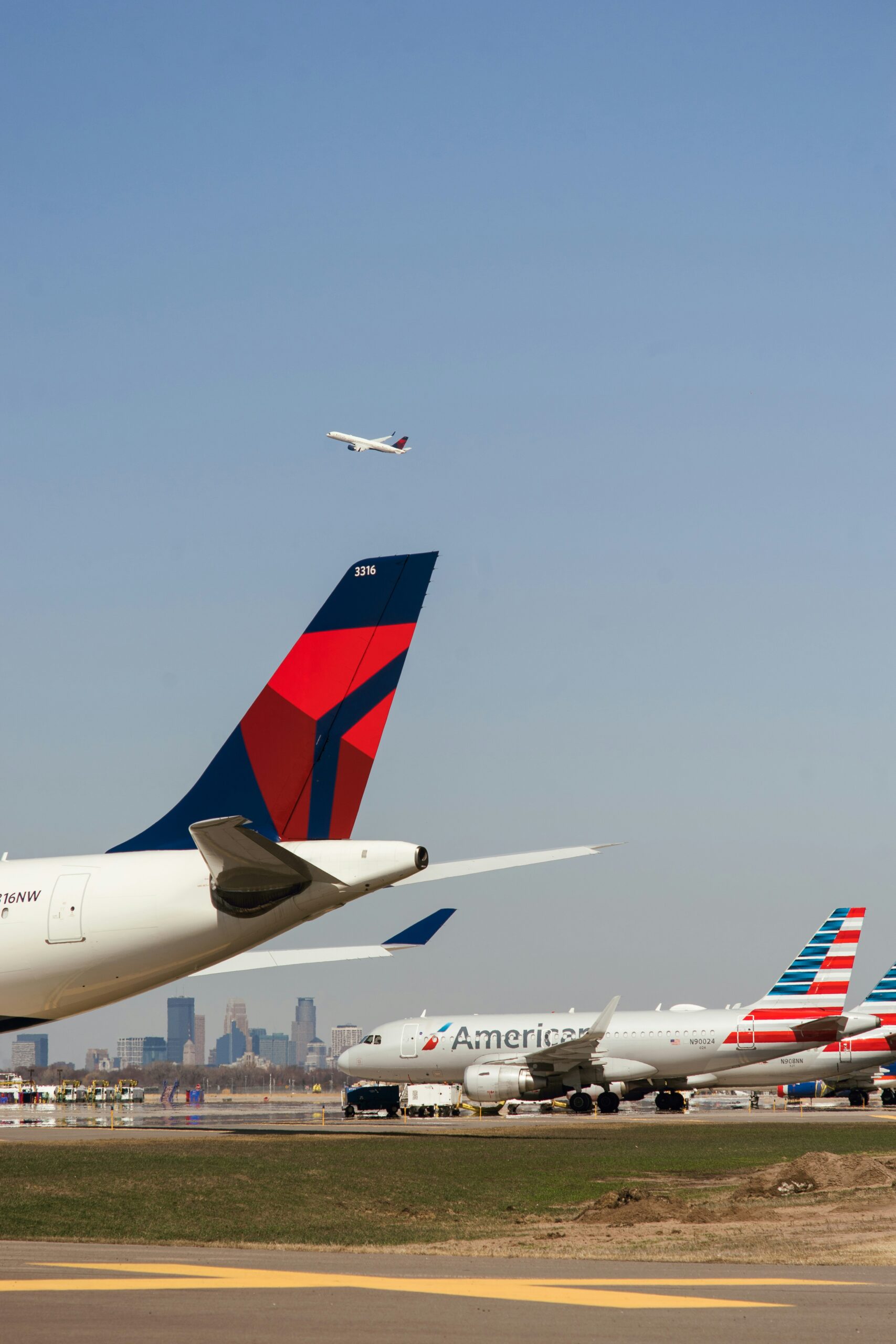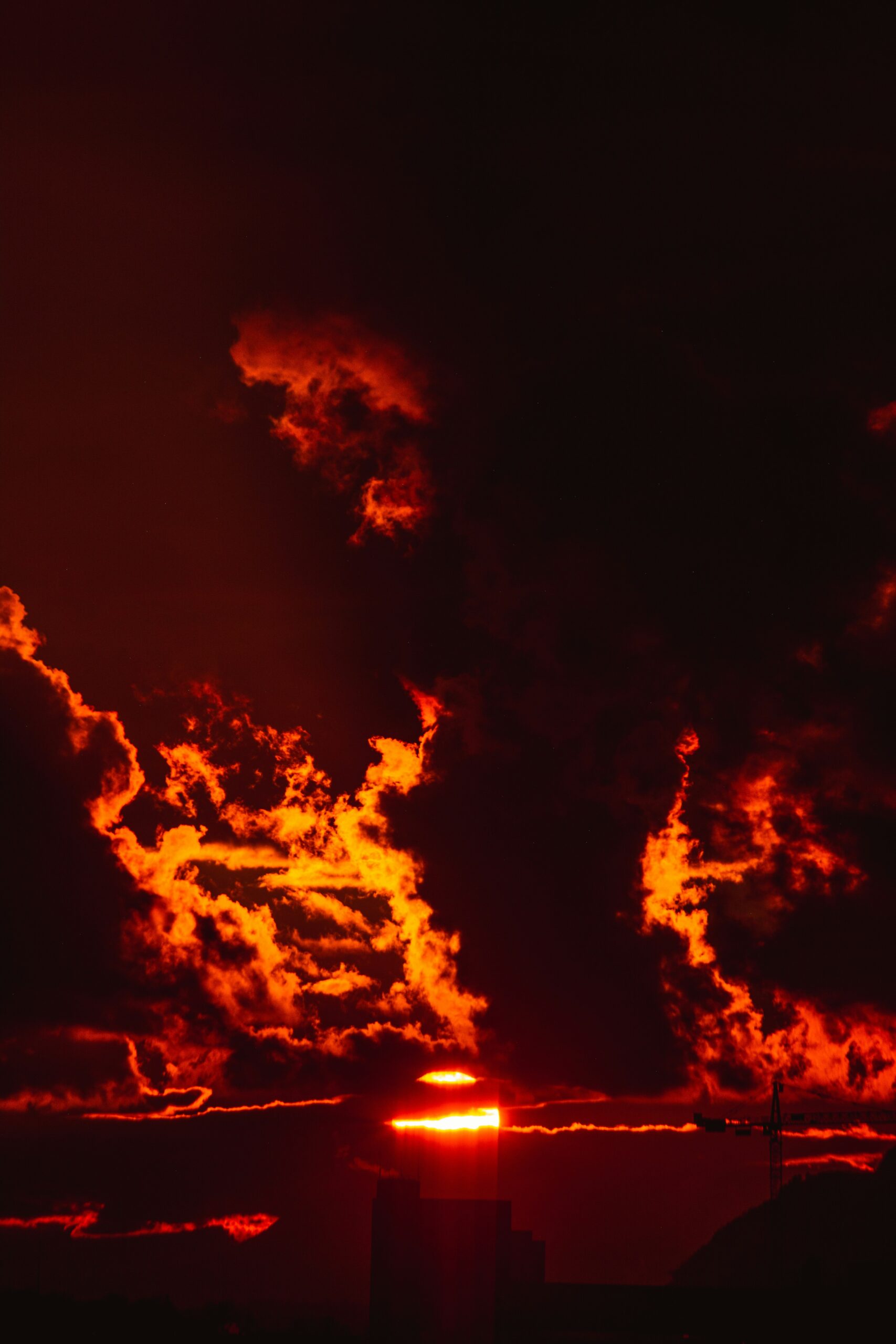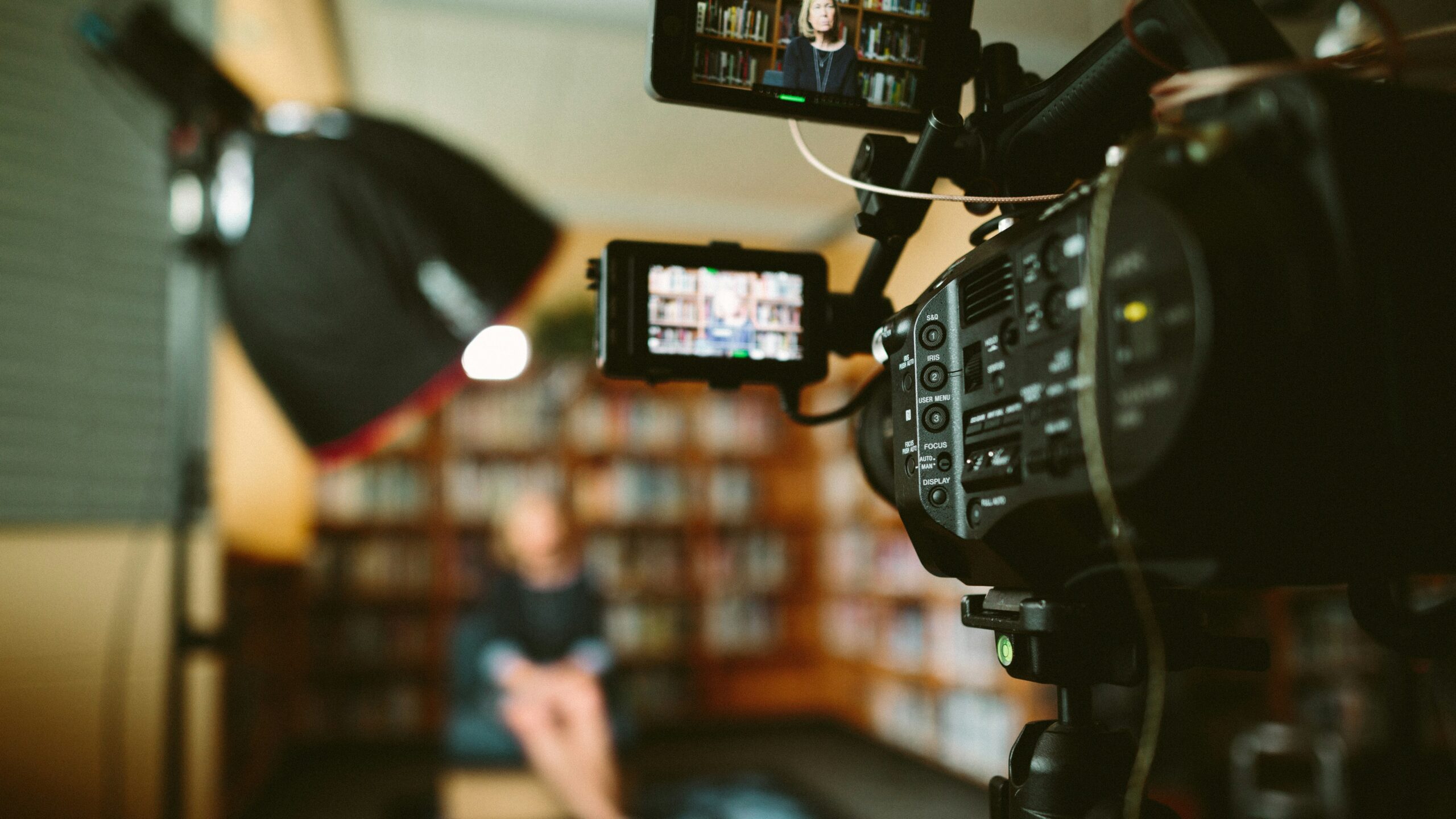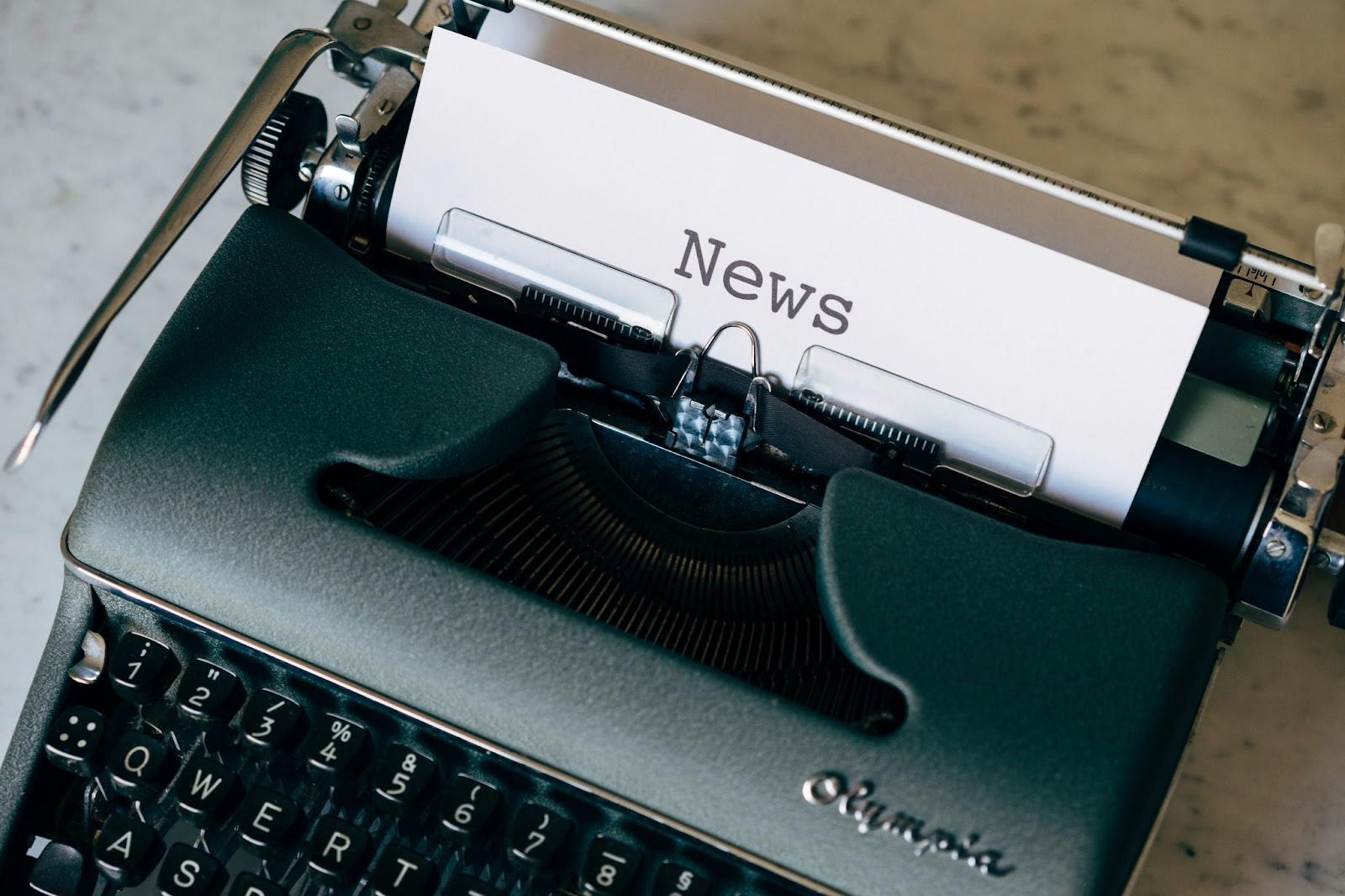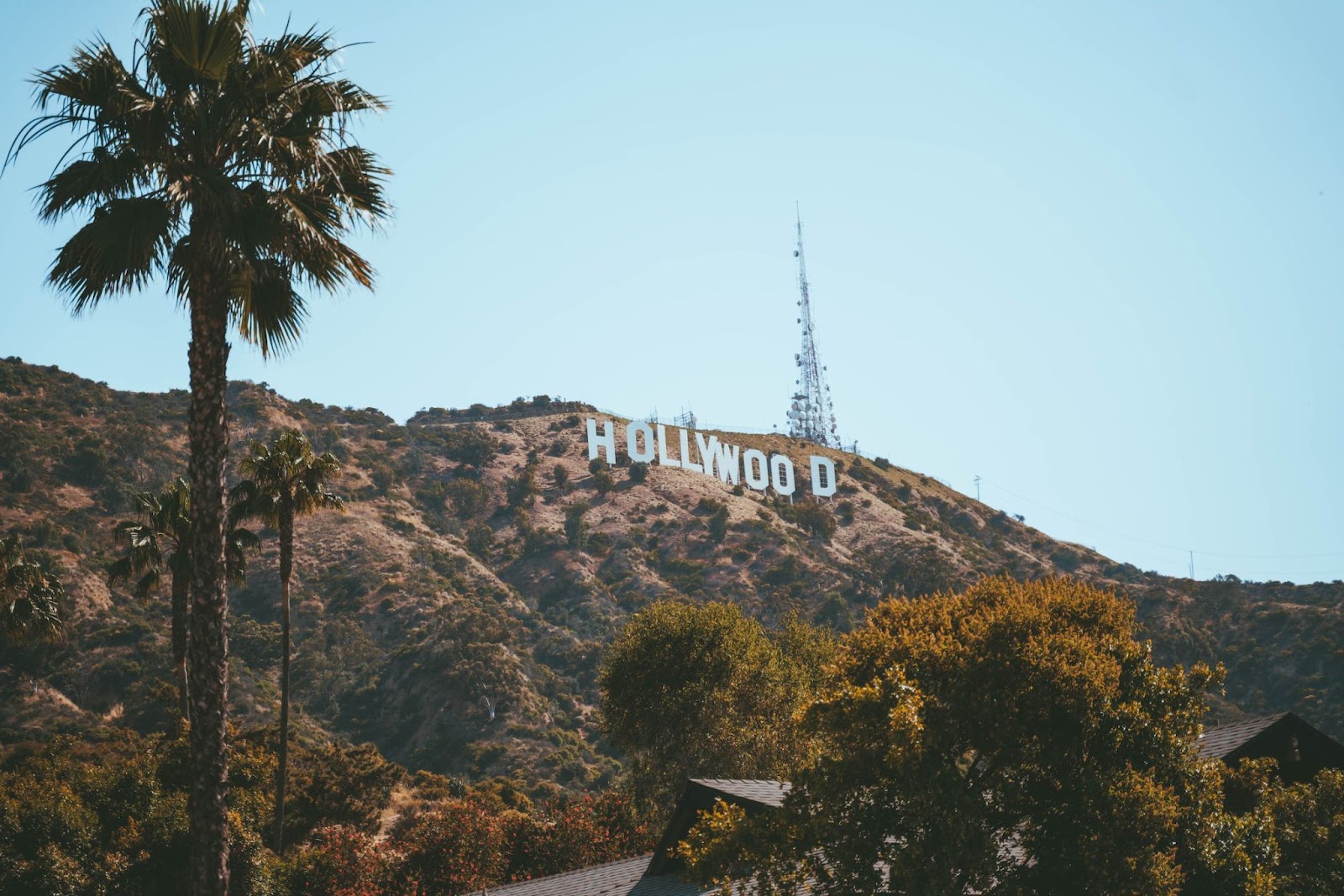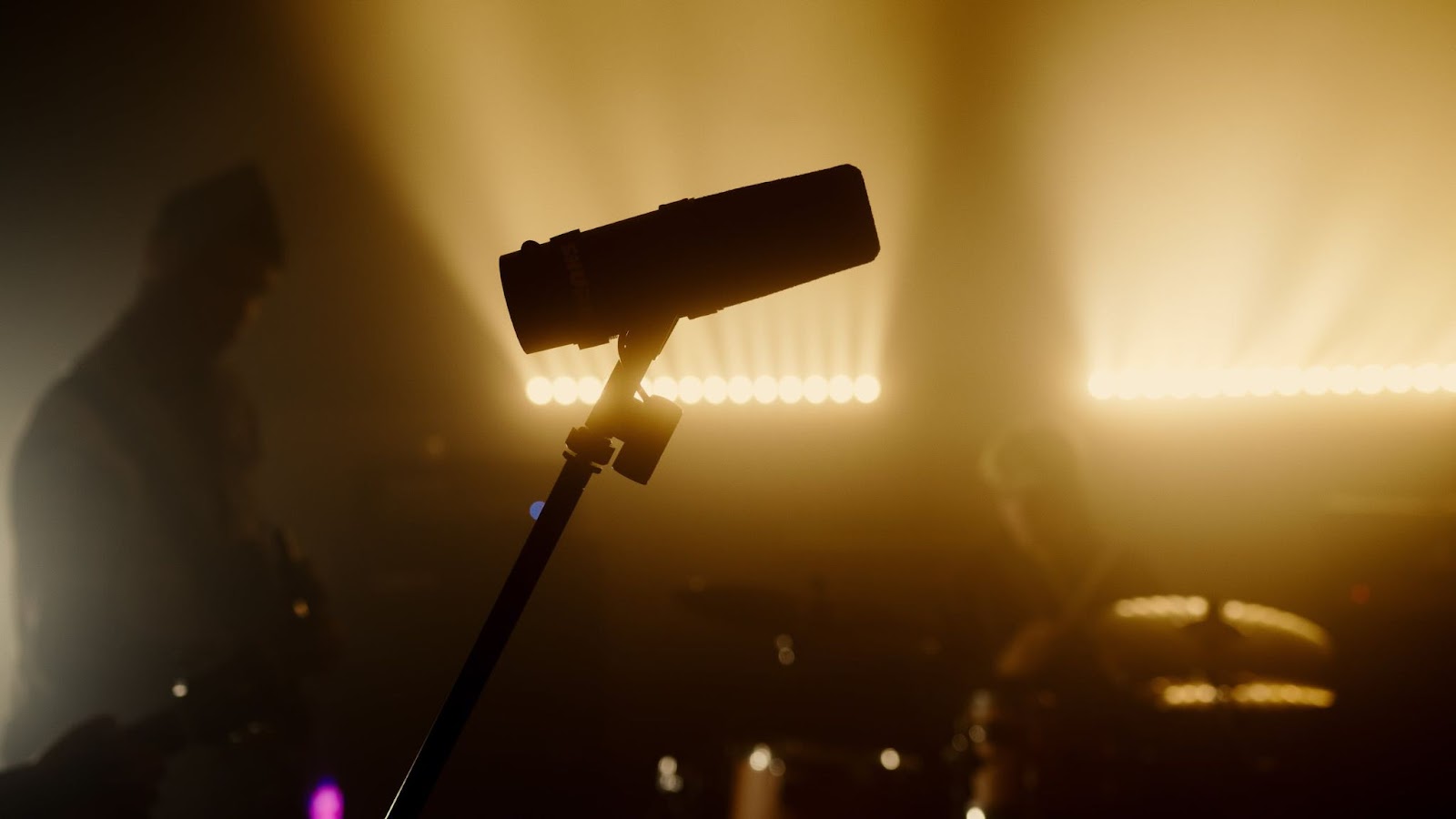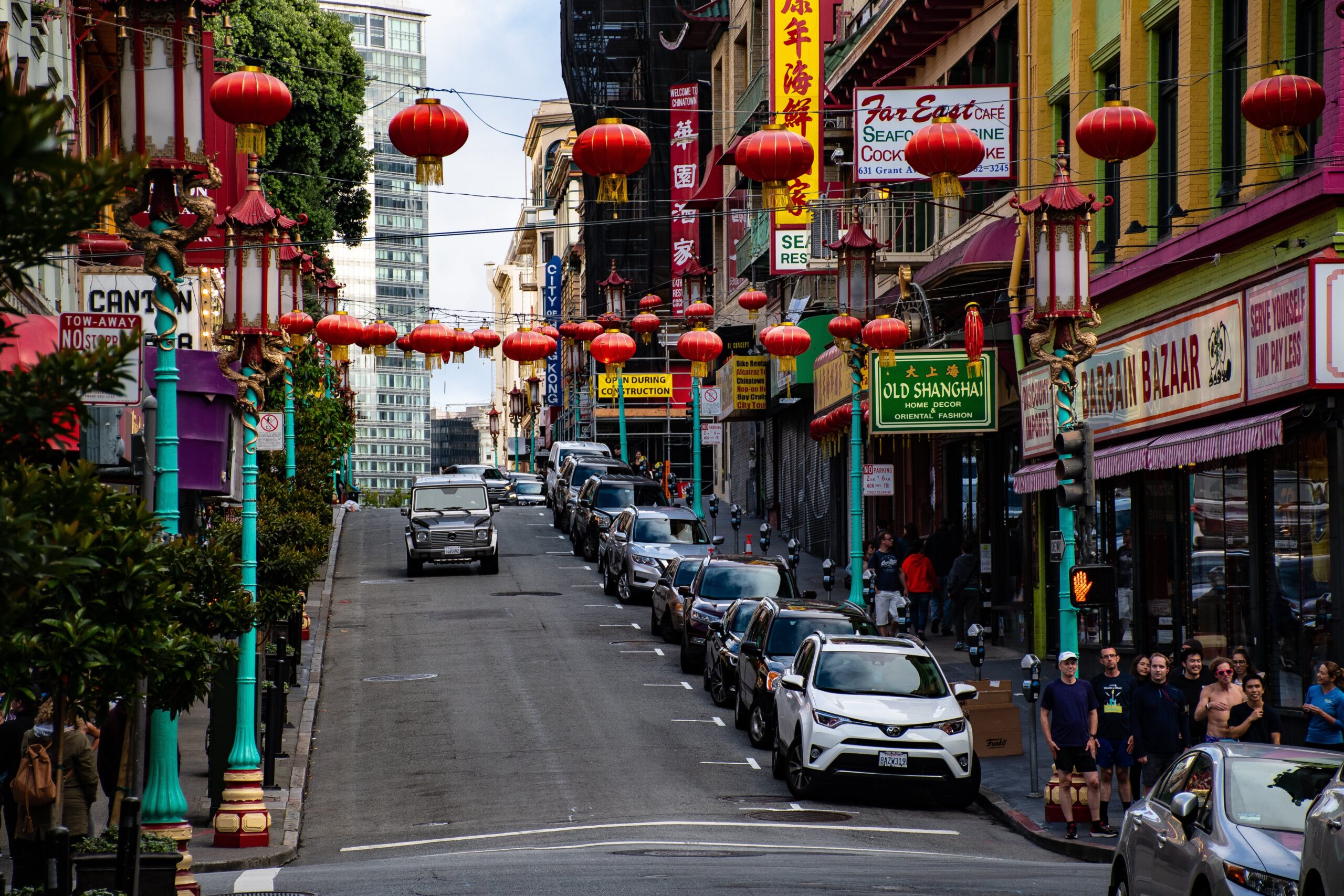Image credit: Unsplash
In a move that has shocked Tinsel Town, OpenAI has released Sora, its buzzy generative AI tool capable of creating hyper-realist videos for the public. Upon issuing a post on Monday, OpenAI said that the text-to-video generator is available for public use. While an account must be made to use Sora and sign-ups have been temporarily disabled due to heavy traffic, this software launch has the potential to single-handedly and drastically accelerate Hollywood’s incorporation of AI.
Over the past several years, the entertainment industry has been actively grappling with how to implement AI into its business models. On the one hand, the deployment of the technology has the potential to significantly slash production costs. On the other hand, there has been vehement backlash from audiences and creators alike regarding studios utilizing AI to replace human creatives.
AI in Hollywood
Despite this, mainstream adoption in Hollywood has been slow but steady. In September, Lionsgate announced a partnership with Runway in a deal to see the New York-based AI startup train a new generative AI model on company content.
Shortly after that, some of the directors of the most successful blockbuster films of all time, the Russo Brothers and James Cameron joined the board of directors of AI companies. Many in Hollywood watch These video-focused models closely, particularly in the visual effects industry, where AI has been pitched as a one-size-fits-all solution to many pipeline problems developed over the last decade.
As the quantity of blockbuster television shows and films has increased, more pressure has been placed on visual effects houses to crank out better, faster work at an insane pace. This has resulted in workers being unfairly compensated, “crunched,” and ultimately doing work that isn’t as high-quality as it could be. AI seeks to answer these dilemmas, eliminating human workers despite pleas from everyone in the VFX community to the contrary.
According to the post, Sora’s Capabilities, videos up to 1080p resolution and 20 seconds long can be created in widescreen, vertical, or square aspect ratios. Users can upload their assets to extend, remix, and blend videos, generating new content with a text prompt.
Last month, OpenAI said that ChatGPT now has more than 200 million active users weekly. It plans to introduce ChatGPT Pro, a new $200 monthly subscription tier with unlimited access to OpenAI o1, GPT-4o, and Advanced Voice mode. It’ll continue to offer a Plus tier for $20 per month, which includes early access to new features.
Sora was initially limited to a pool of safety testers, who reported on vulnerabilities related to misinformation and bias, and visual artists, designers, and filmmakers, who gave feedback on improvements. In November, a small group of artists testing Sora leaked access to the tool to protest the company’s treatment of them as “free bug testers” and “PR puppets.”
In an open letter, they stated, “Hundreds of artists provide unpaid labor through bug testing, feedback and experimental work for the program for a $150B valued company.”
Will It Change Hollywood?
A study issued earlier this year surveying 300 leaders across Hollywood reported that three-fourths of respondents indicated that AI tools supported eliminating, reducing, or consolidating jobs at their companies. Over the next three years, nearly 204,000 positions will be adversely affected. Sound engineers, voice actors, concept artists, and workers in visual effects were cited as particularly vulnerable.
OpenAI no longer discloses the sources of data used to train its systems. Artists, authors, and publications have sued the Sam Altman-led company over allegations that it illegally pilfered their work without consent and compensation. Courts ruling against fair use—a legal doctrine that allows the use of copyrighted works without a—could have significant implications for AI leaders.



















